Car crash brought an end to French composer Maurice Ravel’s music
A taxi accident in 1932 may have been the cause of the premature demise of France’s greatest living composer
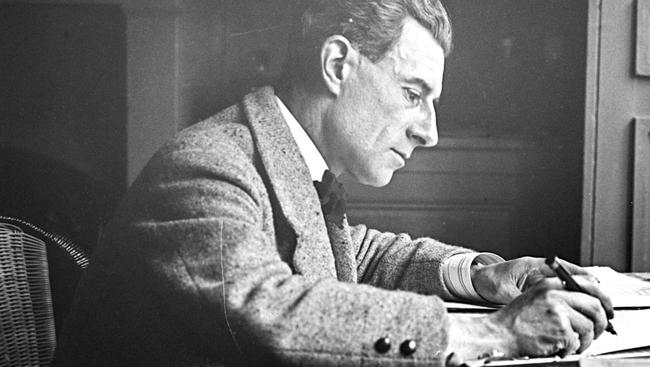
Today in History
Don't miss out on the headlines from Today in History. Followed categories will be added to My News.
IN the 1930s the streets of Paris could be a chaotic place, just like many other cities at that time. But for one taxi passenger it would prove to be a dangerous place. While riding through Paris in October 1932, composer Maurice Ravel’s taxi cab collided with another, throwing him against the window.
It gave him a cut that needed several stitches, but it also left Ravel feeling shaken. Friends soon noticed changes — spelling mistakes in letters and an inability to write down music. For five years his health deteriorated before a doctor suggested it could be a tumour.
On December 17, 1937, surgeons attempted to remove the tumour, but were unable to find one. Ravel lapsed into a coma and died 80 years ago today.
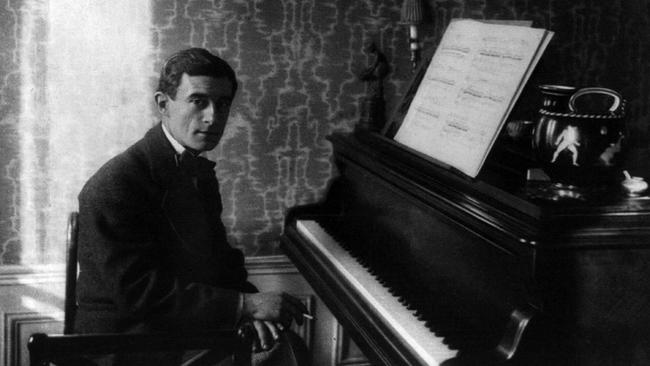
The great tragedy was that the world was robbed of more music from the man once considered France’s greatest living composer. However, decades after his death his music experienced a renaissance, particularly when his most famous work, Bolero, was used in the 1979 movie, 10, starring Bo Derek and Dudley Moore and became the soundtrack of Olympic gold medal-winning UK ice-skating routine of Jane Torvill and Christopher Dean.
Composed in 1928, the 17-minute crescendo — of which Ravel once said “I have written a masterpiece. Unfortunately there is no music in it” — is his most famous, but he had a more varied output.
Born Joseph Maurice Ravel in the Basque town of Cibourne, on March 7, 1875. His father, Pierre-Joseph, was born in Switzerland and his mother, Marie, was Basque. Pierre-Joseph, an engineer, met Marie while working in Spain on a railway. Both parents were music lovers who encouraged their son’s artistic inclinations, sending him for piano lessons at the age of seven.
The family moved to Paris, where Ravel could thrive. This was “la belle epoque” a time of peace, prosperity and a flowering of the arts. At 14 he applied to the famed Paris Conservatoire and passed the audition playing a piece by Chopin. Among his teachers were the composer Faure, and he became firm friends with Spanish pianist Ricardo Vines. From his lessons at the conservatoire, Ravel developed a method of composition that involved thinking out an entire piece before he set pen to paper. His compositions seemingly emerging complete from his head.
He also immersed himself in some of the flamboyance of 19th century aesthetes, becoming something of a dandy, meticulous about his appearance. Some speculated he may have been a repressed homosexual, but evidence suggested he visited brothels. However, he remained single all his life.
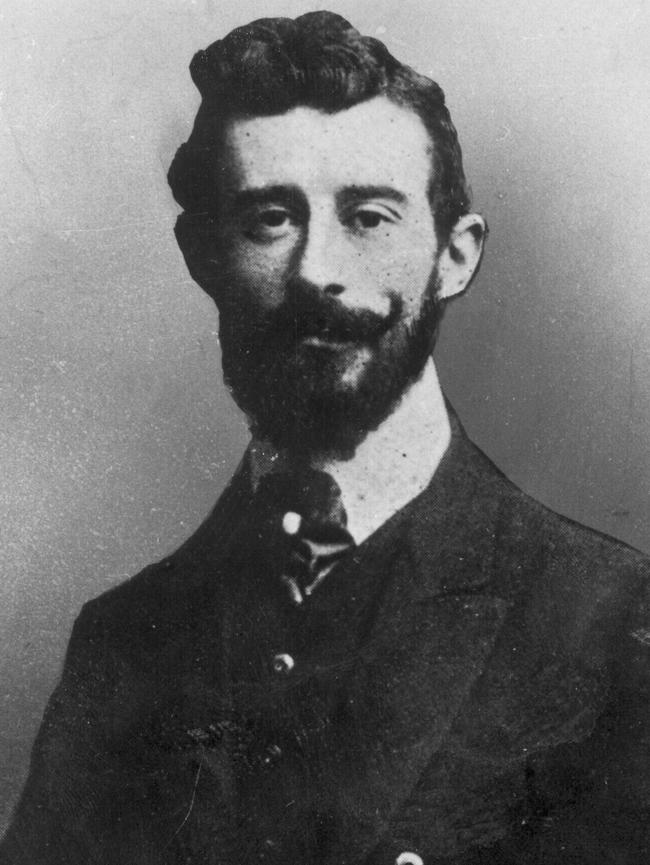
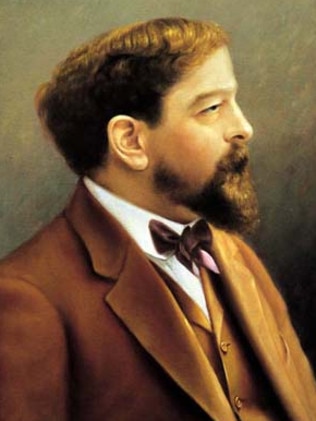
At the conservatoire he became a somewhat distracted and reluctant student. Making little progress in his studies, in 1895 he was expelled. He filled in the time composing and teaching music before he was re-admitted in 1897. In 1898 he made his public debut as a composer when his Sites Auriculaires was performed at a concert.
In 1900 he made his first attempt to win the Prix de Rome, a prestigious prize for young composers. For five years his compositions were rejected but in 1905 a senior professor from the conservatoire on the judging panel selected only his own students for the final round of the competition. It became known as “L’affaire Ravel.”
Ravel left the conservatoire that year and for the next decade had success as a composer, including being commissioned to write the ballet Daphnis and Chloe in 1912. However,
he suffered nervous exhaustion from having to complete the commissioned works.
He developed a rivalry with, the older composer Claude Debussy, with whom his music shared some features. However, both rejected the label “impressionist”.
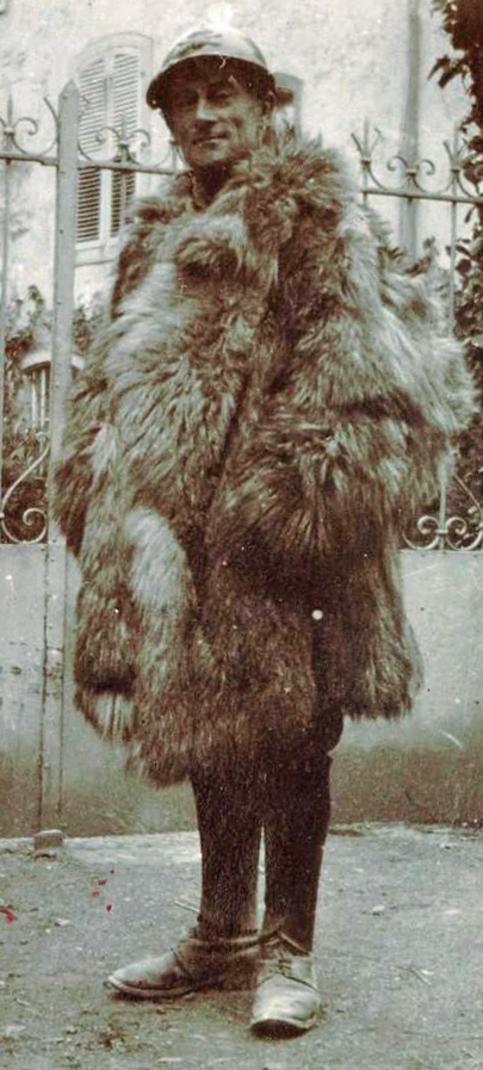
During World War I Ravel tried to enlist in the air force but was rejected on medical grounds and instead ended up driving trucks for the army. But the stress of being near the front took its toll on his mental health and was discharged in 1917. He returned to composing and after Debussy died in 1918 Ravel was seen as France’s greatest living composer but refused a Legion d’Honneur in 1920 for “personal reasons”.
In 1928 he undertook a tour of the US and Canada, performing and conducting his works. He composed Bolero while in North America and returned reinvigorated by the trip.
In 1932 he had his taxi accident which may have caused or exacerbated an existing condition, but he began to show signs that something was wrong. Deeply shaken by the accident, for months he could only eat and sleep. He also began to have problems with his speech and co-ordination.
In 1933 he was offered a commission to write music for a film version of Don Quixote, which he began but had to abandon because he was unable to compose the way he once did.
The brain surgeon Dr Clovis Vincent suspected a tumour and tried to remove it in 1937 but Ravel lapsed into a coma and died on December 28.
Originally published as Car crash brought an end to French composer Maurice Ravel’s music



